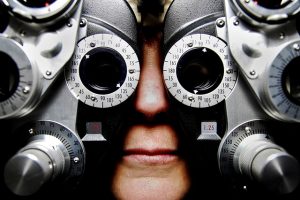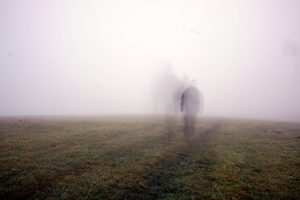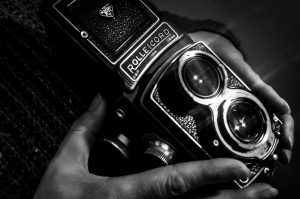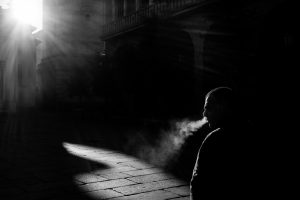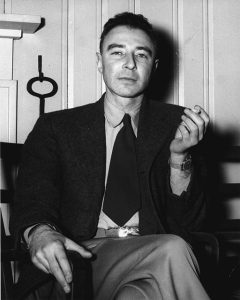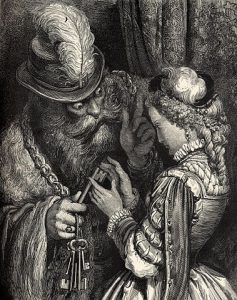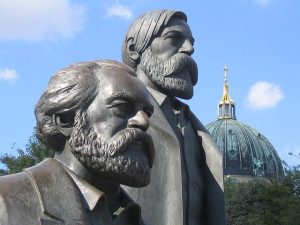Eyes to Watch
Eyes are everywhere in the comic series Watchmen by Alan Moore and Dave Gibbons. From the eyes of every character to the pupil-like circles of clocks and “fallout shelter” signs, figures of vision can be found throughout.
The Souls of Black Folk and The Essentiality of Human Connection
Du Bois’ classic text The Souls of Black Folk does not at first read as a cohesive argument. Rather, each chapter offers a different style, a different purpose, and this makes for a complex and at times disjointed reading experience. The unifying factor in the text is the metaphor of the “Veil” – a metaphor which itself varies according to the scope of each chapter.
Anne Frank: The Young Girl and the Writer
When Hitler began his long rise to power in 1919 and promoted anti-Semitism across Europe, the world was devastated by the horror that ensued. Amongst the approximately 60 million people killed during the war, 11 million of them were Jews. Anne Frank’s The Diary of a Young Girl is representative of the fear under Nazi regime and of enduring humanity in times of suffering.
Where the Road Ends
Cormac McCarthy’s The Road explores the bleak and barren post-apocalyptic world of a father and his son and their journey to find sanctuary. As the father and son travel throughout the novel they travel farther and farther down the road. In this new world cannibalism is among the horrors have become normalized, and life in itself has become a tragedy.
The Person in the Picture: The Image and the Self of Esther Greenwood
Throughout The Bell Jar, Esther Greenwood is photographed many times. Sometimes the act of being photographed is equated with the objectification of Esther, which is to say, the photographer takes away Esther’s personhood and she becomes an object in the photograph.
Backstreets: Shadows, Violence and Queerness in Watchmen
The visual language of queerness in 2010s America is defined by brightness—rainbows, glitter—declaring a queer existence fully saturated with light. But the torture and death of the only gay characters in popular TV shows, the sensationalization of dead trans teenagers, suggest not brightness but darkness, a shadowy queerness existing underneath the colors.
Opposing Oppenheimers
Heinar Kipphardt’s In the Matter of J. Robert Oppenheimer recounts the trial of one of the most prominent physicists in history. Oppenheimer, often called the father of the atomic bomb, was summoned before the Atomic Energy Commission in 1954 and interrogated on his loyalty to the United States.
We Didn’t Start the Fire
“Are you one of the good guys?” (McCarthy 282). The father-son odyssey of The Road is consumed by constant searching for food, shelter, or safety. The father is searching for something else, as well, something intangible but just as necessary for a different kind of survival.
Mulvey vs. Carter: The Power of the Gaze
Both Laura Mulvey and Angela Carter are well-noted female writers in the 1970’s that have talked about feminism through their writings. In Mulvey’s famous article “Visual Pleasure and Narrative Cinema,” she talks about how most popular cinema tends to express patriarchal views through various male gazes using the method of psychoanalysis to explain how and why men, both within movies and the viewers, react the way they do.
The Communist Manifesto and its earlier drafts: Further explanation, or simply an ignorance of the truth?
Inspiring a movement is not only a difficult, but a lengthy process. The perfect combination of motivation in the population, necessity for change, as well as belief that a particular movement will improve the peoples’ lives will create the necessary force to drive a revolution.
